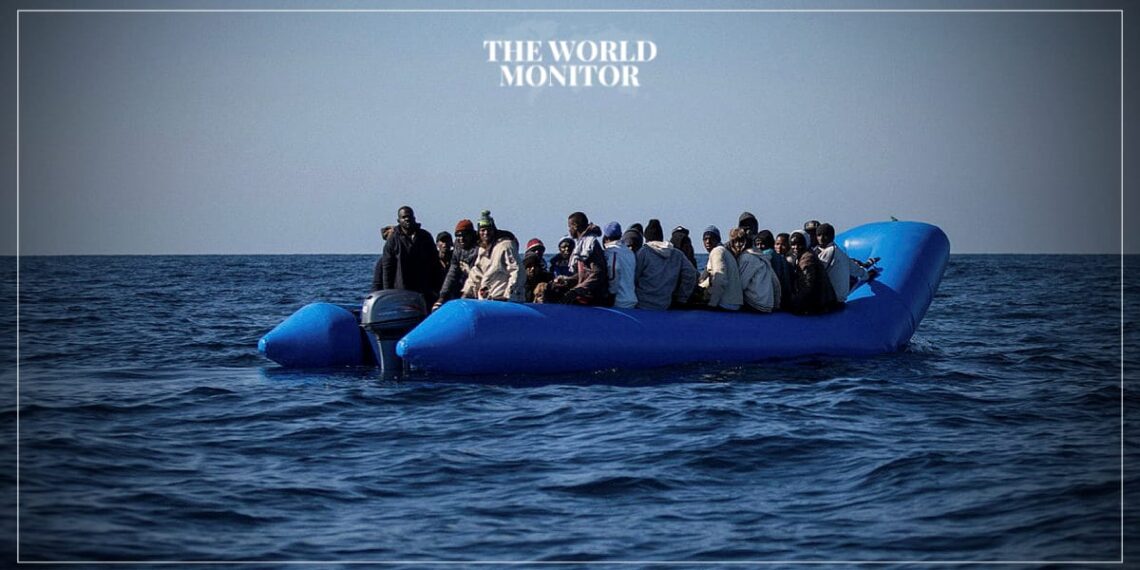Italian security sources reported the continued disembarkation of migrants on the shores of the Sicilian island of Lampedusa. The ongoing operations saw more than 1,200 migrants being transferred to the Favaloro pier (southeast of Lampedusa) by patrol boats belonging to the coast guard and the financial police, continuously for several hours.
The Italian news agency, Aki, citing the same sources, mentioned that more than 900 migrants arrived on the largest island of the Sicilian archipelago just yesterday. In contrast, over 300 migrants landed on its coasts starting from midnight today.
The sources also highlighted that with this new influx of arrivals, the hotspot in the Imbriacola area is once again filled, now accommodating approximately 1,500 individuals.
Lampedusa, a small island located between Sicily and the North African coast, has long been a primary entry point into Europe for migrants from Africa and the Middle East. Due to its proximity to Tunisia and Libya, it’s often the first European landfall for migrants traveling on makeshift boats.
1. Historical Significance: Over the years, thousands of migrants have made the perilous journey across the Mediterranean in hopes of finding safety and a better life in Europe. Lampedusa, given its geographical position, has often been their gateway or, tragically for many, a final resting place.
2. Migration Route: The central Mediterranean route, particularly the one leading to Lampedusa, is known to be one of the most dangerous migration routes in the world. Despite the risks, including drowning, exploitation by human traffickers, and harsh conditions aboard overcrowded boats, many are compelled to undertake the journey due to conflict, persecution, and economic hardships in their home countries.
3. Response from Italy and the EU: The increasing number of arrivals over the years has posed significant challenges, both humanitarian and logistical, for Lampedusa and Italy at large. Reception centers on the island frequently become overcrowded. Italy, and the EU more broadly, have grappled with formulating a unified response. While rescue operations have been implemented to save lives at sea, there have also been disputes over disembarkation rights and the distribution of migrants among EU member states.
4. Local Impact: The continuous influx of migrants has also left an imprint on Lampedusa’s local community. While many locals have shown solidarity and support for the migrants, there are concerns about the island’s capacity to handle such large numbers, both in terms of infrastructure and resources.
5. Public Perception: The situation in Lampedusa has often been at the center of broader debates about migration in Europe, influencing public opinion, political discourse, and policy-making. Issues of border security, humanitarian responsibility, and integration have all been hotly debated topics in light of the events on the island.
In conclusion, Lampedusa’s situation is emblematic of the broader challenges and dilemmas Europe faces in addressing migration in the 21st century. The continuous arrivals test the limits of Europe’s humanitarian response while also igniting discussions on broader geopolitical, social, and economic factors driving migration.






